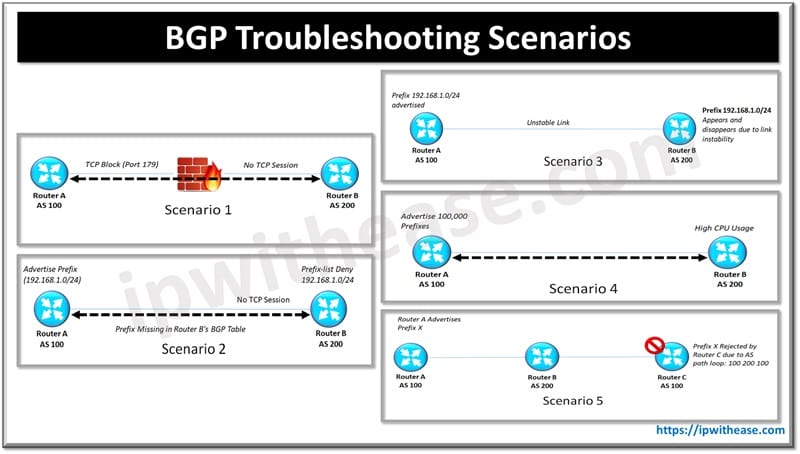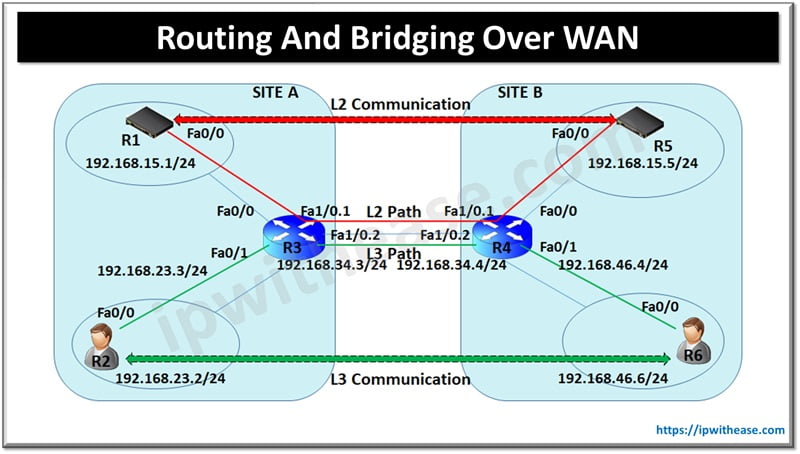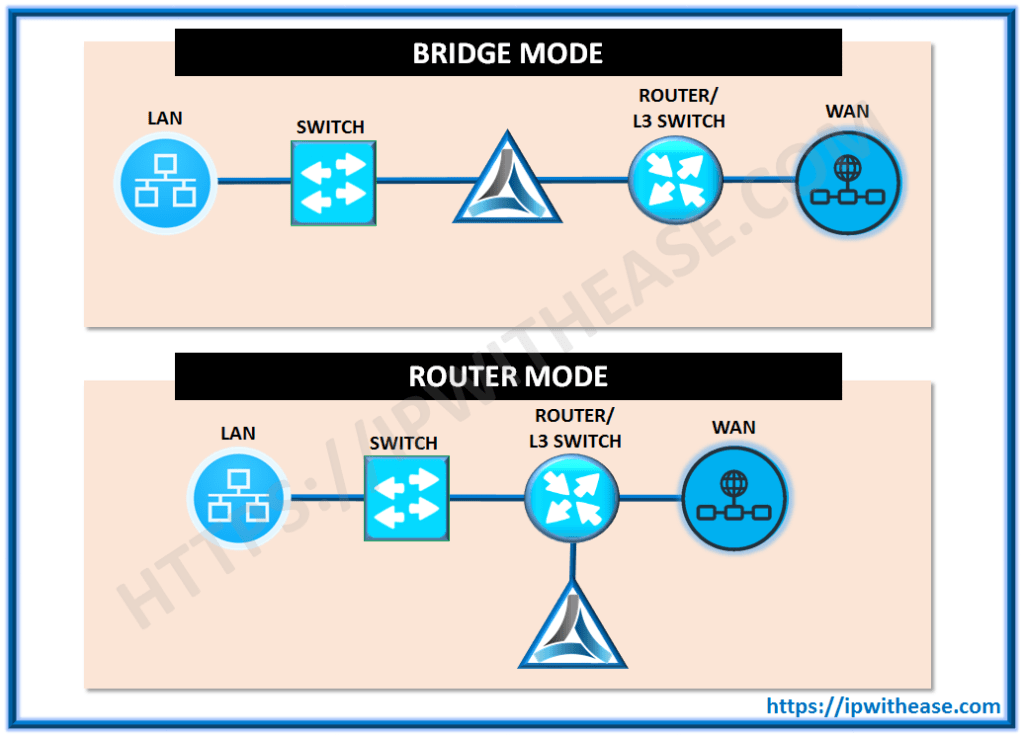Introduction to Network Topology
Table of Contents
In the IT industry, with the term network topology, we define any kind of arrangement of specific elements such as links and nodes that combine a communication network. In everyday life, IT implementations use network topology in order to specify the features of the arrangement of different types of telecom networks, radio frequency networks, industrial fieldbuses and common computer networks.
In addition, network topology can be the mapping structure of a network and may be described physically or logically. First of all, it can exist as a technological implementation of a graph theory that features all communicating devices that are represented as nodes and all the interconnections between the devices that are represented as links or lines.
On the other hand, physical topology is related to the deployment of any different kind of component within a network such as device relocation and cable management installation, while logical topology defines how the data flow within the network cabling system.
Furthermore, the physical metering distances between the relevant nodes, cable interconnections, transmission data rates and displacement signaling links may vary between two networks but their logical mapping diagram (structure) can remain the same based in theory. Finally, a network’s physical topology can act as a particular responsibility of the physical layer of the OSI model.
In the IT industry, the most common implementations of applied network topologies technologies can be found in the local area networks (LAN) or in common computer network installations. As a general rule, any given node in the LAN has one or more physical links to the other device in the same network. Now concerning the graphical representation of these links, results in a geometric shape (object) that can be used to describe the physical topology of the network.
A wide variety of physical topologies have been found in LANs, including buses, rings, meshes and stars. The main strategy of mapping these kinds of data flows between the different network components, will act as a vital rule for the logical topology of the network as explained above.
Finally, Controller Area Networks, which can be commonly found in automotive industry such as vehicles, are primarily distributed control system type of networks, combined from one or more digital controllers interconnected with each other by special sensors and mechanical actuators.
Types of Network Topology
In the IT industry, there are different network topologies categories that have various advantages and disadvantages. Below we are describing the most commonly used of these types and their main differences:

Star Topology Network
First in our list is the star network topology. Star topology is the most common type that can be found in different applications. The main feature is that it is laid out in a particular way, so every node in the network is directly connected to one central hub via coaxial, twisted-pair, or fiber-optic cable.
PROS:
Star topology usually acts similar to a server or a central node, managing all the transmission of the data, preventing any data loss.
The second advantage of this type of technology is that in case a node goes down, the rest of the network will continue to function unaffected.
Finally, the third important advantage of this technology is that additional devices can be added, removed and modified without any risk for the entire network to go offline.
Bus Topology Network
The second place in our list, goes to the bus topology network. First of all, the bus network topology is always orientating the devices on the network along with a single RJ-45 cable that is running always in a single direction, from one end, up to the other side end of the network. This kind of interconnection method is also called a line topology or backbone topology.
PROS:
The main advantage of bus topology is that it depends only on a single RJ-45 cable or sometimes a single coaxial cable, resulting in a cost-effective implementation for large organizations.
CONS:
Unfortunately, the main disadvantage is that in case the cable experiences a failure, then the whole network will go down.
Ring Topology Network
The final place in our list goes to ring topology. By using ring topology, all the nodes are arranged in a circle displacement (ring). The main idea with this kind of topology is that the data has the ability to travel through the ring network in either one direction or both, maintaining each device keeping exactly two neighbors.
PROS:
The main advantage is that only one station on the network is allowed to send data at every single time, which greatly reduces the risk of packet collision, thus resulting in creating ring topologies more efficiently with transmission rate of data without less errors.
In addition to the above given three main Network topologies, there are few more. Let’s know them briefly as given below:
Mesh Topology Network
Mesh topology is a type of network topology that involves point-to-point connection i.e. each node is connected to all the other nodes making a network channel/mesh.
Tree Topology Network
It is basically an extension of the Bus/Star topology. In this the nodes are connected in a hierarchical mode in which all the nodes are connected to the top node making a tree like structure.
Hybrid Topology Network
As the name implies it is actually a hybrid of two or more different types of network topologies.
Conclusion
We explained the basic principles of network topology and key categories. Then, we analyzed each type of network topology that is used in the IT industry, including the key advantages and differences of each. As the technology becomes more advanced, there is pretty much a likelihood that we would see in the future, an improved/enhanced topology network that will include all the advantages explained above in a less expensive cost for the industry.
Continue Reading:
Cisco Spine & Leaf Network Topology
ABOUT THE AUTHOR

You can learn more about her on her linkedin profile – Rashmi Bhardwaj



